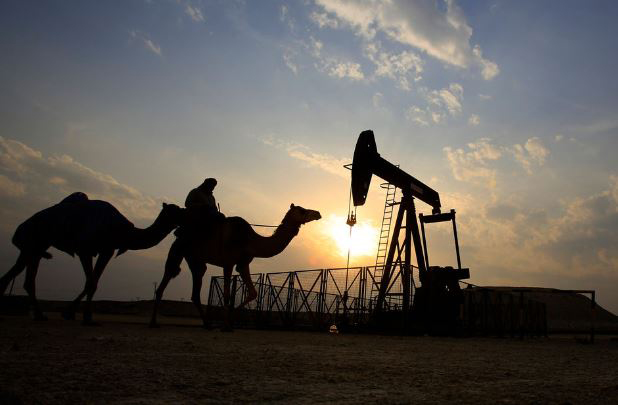Jihad Azour, director of the Middle East and Central Asia for the IMF, tells AGBI the region was still looking pretty good compared to the international competition.
Dubai, United Arab Emirates – 4 May 2023: Back in early April, when the IMF published its world economic outlook, the assessment of the regional economy was, overall, benign.
True, GDP growth rates would be significantly down from the big oil-fuelled boom of 2022 – low rather than high single digit growth.
But the GCC economies were still forecast by the IMF to show attractive rates of growth in 2023, unlike many other parts of the world grappling with the prospect of looming recession. The idea of the Gulf swimming against the global tide could be plausibly maintained – just.
Inflation, America’s rumbling banking crisis, concerns about the resilience of China’s post-COVID recovery, and an unexpected cut in oil production by OPEC+ all raised the possibility that the Fund might come out with a gloomier report than expected.
However, Jihad Azour, director of the Middle East and Central Asia for the IMF, exclusively revealed to AGBI the region was still looking pretty good compared to the international competition.
The year would be “tricky”, in Azour’s words, and there would be “continued uncertainty” in the GCC economies as well as the broader region. But the growth rate predictions at 3.1 percent – down from 5.3 percent last year – were still healthy compared with many parts of the world.
Inflation across the region would remain high at 14.8 percent, but this figure masked low single digit figures in the oil-exporters and the prospect of a fall in 2024. For the GCC oil exporters, inflation is likely to remain around the 3 percent level this year.
The Fund gave a nod to worries about “contagion” in the regional financial system from the collapses of Silicon Valley Bank, Credit Suisse and most recently First Republic, while financial risks were “increased”, but overall the financial sector in the region is “broadly sound”, the Fund said.
As ever, the contrast in finances between the oil-exporters and importers was stark in terms of economic outlook, but that is a perpetual given in the region.
Oil was the other reason why some had been expecting a rather more gloomy outlook. The previous report was published after OPEC+, the producers’ alliance, had announced its surprise package of cuts on April 2nd, but before the full impact of the cuts – which came into effect earlier this week – could be assessed.
In fact, Azour told AGBI the OPEC+ cuts are the main factor in the reduced GDP growth rate this year. The lower volumes that will be produced by Saudi Arabia and the UAE, among others, have not so far been compensated by higher prices, so the overall effect is to reduce growth.
The flip side is that the non-oil sectors of those same economies will perform proportionately better as retail and service sectors get a boost from abundant liquidity, the momentum of ongoing reform initiatives, and private investment.
The Fund is assuming oil prices of $74.20 this year, and $70 next, which is near the fiscal breakeven prices the IMF assessed last year for big exporters like Saudi Arabia and the UAE.
What should policymakers do in the face of such “trickiness”? Monetary policy – for oil importers and exporters alike – must focus on maintaining price stability while keeping an eye on financial stability; fiscal policy should take account of the risks of high debt levels, especially in the oil importing countries. And structural reform should continue unabated.
Read the full story here: https://www.agbi.com/opinion/tricky-year-ahead-for-middle-east-as-oil-cuts-bite-says-imf/












